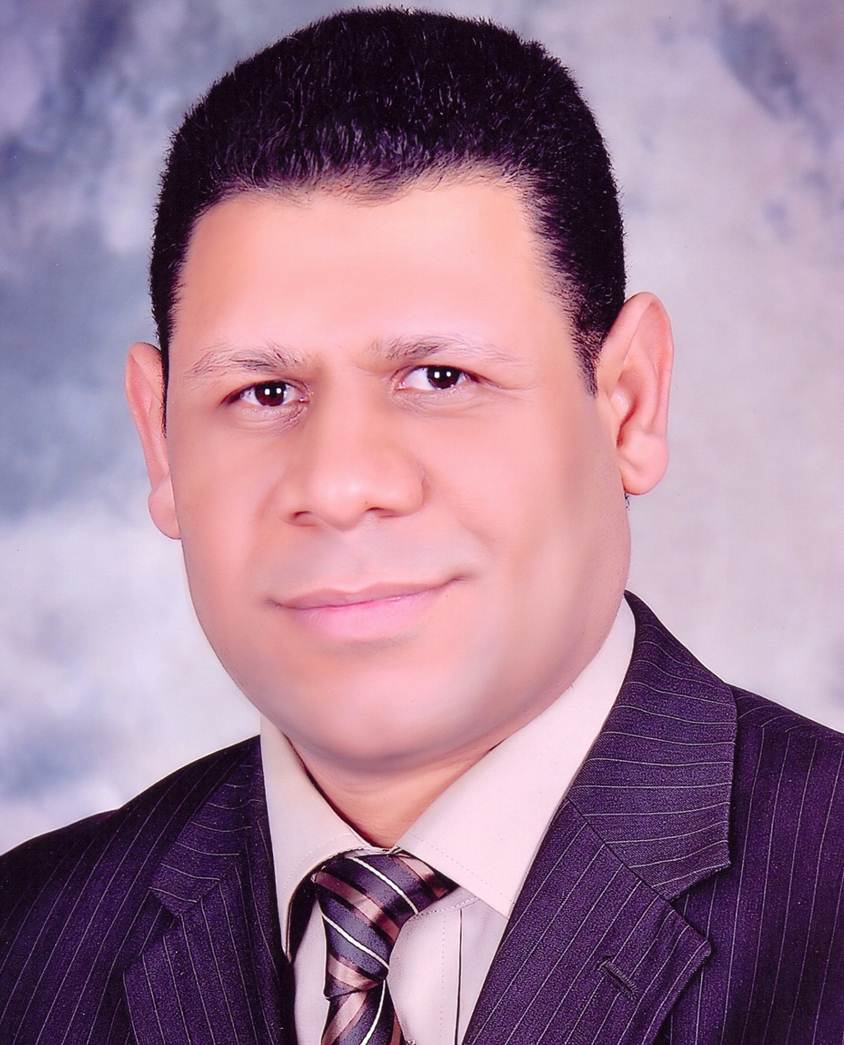Background: Primary malignant liver tumors are uncommon in children with hepatoblastoma (HB) and hepatocellular carcinoma (HCC) are the most common. Objective: To study frequency, types, clinical presentation and outcome of liver tumors in children at Sohag Cancer Center (SCC). Materials and Methods: Data were retrieved from files of all cases with hepatic focal lesions presented to Pediatric Oncology Department at SCC from January 2005 to December 2014. Results: Among 48 children (26 males) presented to SCC with hepatic focal lesions 12 cases were non-neoplastic 8 were metastatic hepatic deposits and 28 were primary hepatic tumors (20 HB, 3 HCC and 5 cases benign tumors. Primary liver tumors accounted for 1.55% of all pediatric tumors with HB being the most frequent (41.7%). Median age of HB cases at diagnosis was 2 years (range 1.5-6 years). PRETEXT stage II/III was reported in 17 cases while stages I and IV were reported in one and two cases, respectively. Nearly two-thirds of cases achieved complete or partial response after neoadjuvant chemotherapy. Complete tumor resection was achieved in 40% of cases. The median survival time for HB patients was 63 months with three years overall survival rate of 65%. Conclusion: Outcome of patients with HB was affected by both stage and histopathologic subtypes. Upfront chemotherapy allows complete surgical resection of initially unresectable primary tumors with improvement of survival outcome in such patients. As a developing country with high prevalence of infectious causes,

